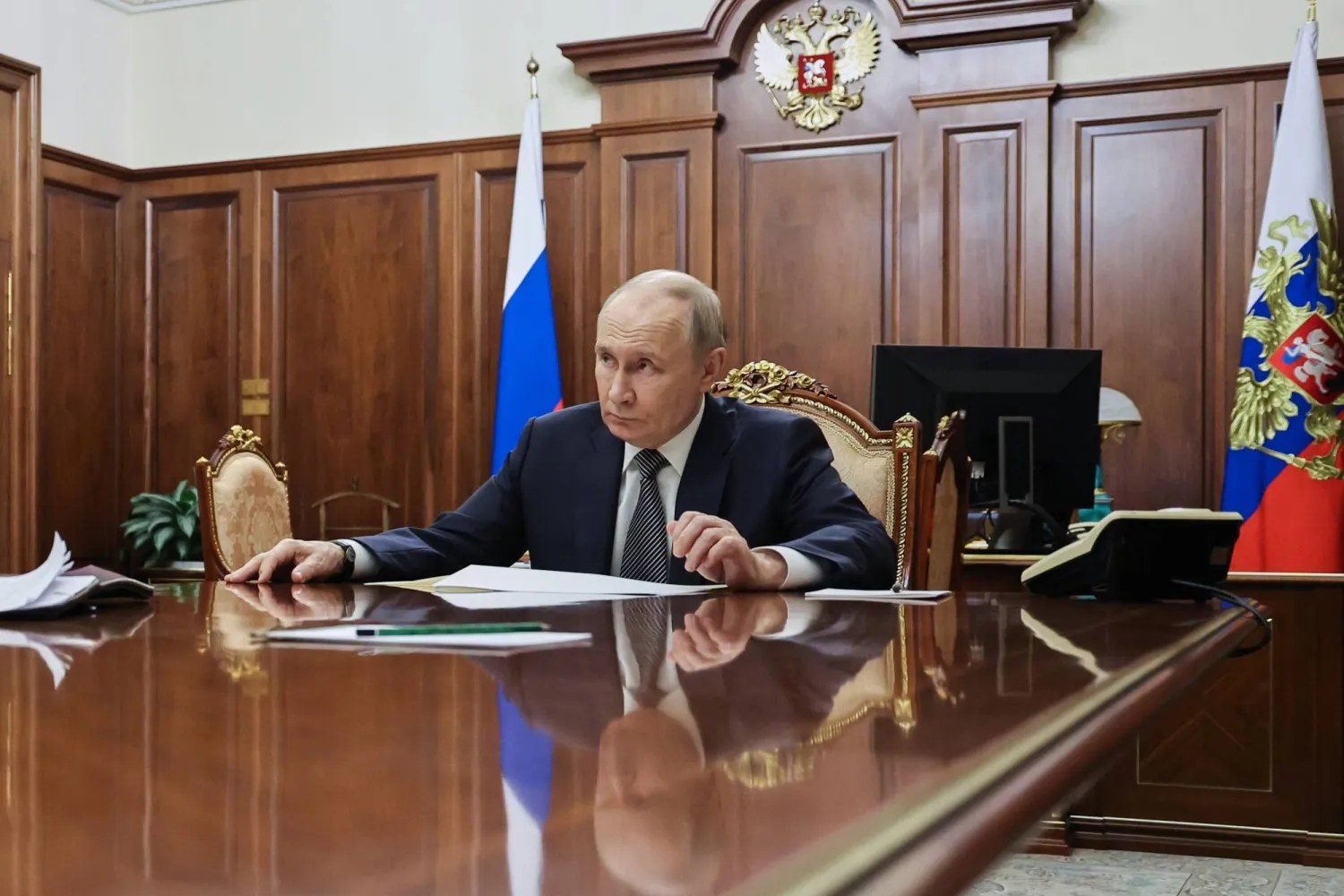Sources working in the aviation sector said on Thursday that the air transport movement witnessed high growth, reaching 90 percent of pre-pandemic operation levels.
The growth was supported by a number of measures and the lifting of many travel restrictions on domestic and international flights.
Dr. Hussein Al-Zahrani, Chairman of the Aviation Committee in the Jeddah Chamber of Commerce, said that the situation was improving significantly compared to last year, with the lifting of travel restrictions and the development of major tourism projects.
This recovery will accelerate various investments in the aviation sector, which seeks to raise the operation capacity to 330 million passengers and 4.5 million tons of goods by 2030, while increasing the number of international routes and flights to more than 250 destinations.
“The market allows the access of new companies into the sector, depending on the issuance of new licenses and the readiness of the Civil Aviation Authority,” Zahrani said.
Aircraft manufacturers have anticipated the recovery in a number of markets by accelerating their operations. Airbus earlier announced plans to speed up the manufacturing of its best-selling single-aisle aircraft, A320, amid expectations of reaching a record level in 2023. Boeing, for its part, expected that airlines will need 43,000 new aircraft by 2039, which means doubling the global fleet.
In this context, the Saudi market appears as one of the most important options for these companies and investors, with Saudi Arabia launching the National Strategy for Transport and Logistics Services, which aims to consolidate the Kingdom’s position as a global logistics hub linking three continents.
The Saudi Ministry of Transport revealed its plan to implement 300 giant projects with financial investments exceeding 500 billion riyals (USD 133 billion) and investment opportunities for the private sector in operation, construction and maintenance exceeding 100 billion riyals (USD 26.6 billion).
Mohammad Khoja, an investor and specialist in the aviation sector, told Asharq Al-Awsat that all indicators point to the improvement in the aviation performance at the local level, following a period of great recession due to the pandemic.









